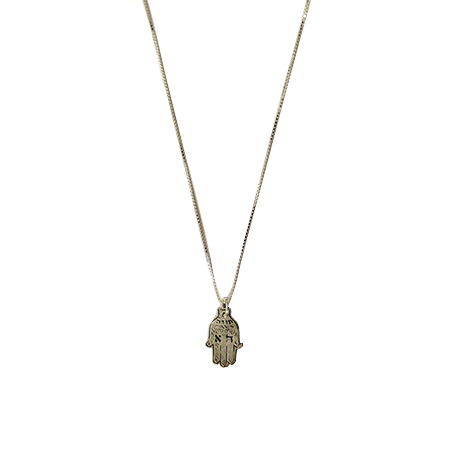
Posture During Davening
…in a time of distress, national or personal, it is proper to gaze upward in tefillah…

Le‘ilui nishmat Leib ben Yitzchak Ya’akov Sears, a”h – Yartzeit: 30 Shevat, Rosh Chodesh Adar
Le’ilui nishmat Yosef ben Shmuel Zeitlin, a"h – Yartzeit: 18 Menachem Av
We continue with our new series of minhagim and hanhagot tovot of Breslov. We invite you to peruse our previous entries by accessing our archives.
Posture During Davenning
The Rebbe states that it is beneficial to raise one’s head during prayer. (Sefer ha-Middot II, “Tefillah,” 2; cf. Midrash Rabbah, Noach 33:3, which states that Rabbi Tanchuma used to raise his face toward heaven when praying on behalf of the Jewish people; also ibid. Behar 34:14. Rabbi Rachamim Nisim Yitzchak Palaggi, son of Rabbi Chaim Palaggi, in Yafeh le-Lev, Orach Chaim 95:4, actually quotes this entry from Sefer ha-Middot and after a somewhat involved analysis concludes that in a time of distress, national or personal, it is proper to gaze upward in tefillah; see Rosh Hashanah 29a, in the Mishnah. However, when reciting the prayers redacted by the Anshei Knesset ha-Gedolah, one should not do so. We are grateful to Rabbi Nachman Yosef Vitriol for the latter source reference.)
* * *
Rabbi Gedaliah Kenig davened with his face raised slightly upward, even when his eyes were closed. He also did so during Shemoneh Esreh (heard from Rabbi Dovid Zeitlin).
* * *
Rabbi Kenig also used to fold his hand one over the other or keep them in his gartel during Shemoneh Esreh (heard from Rabbi Chaim Man).
* * *
Rabbi Levi Yitzchok Bender used to raise his head during Shemoneh Esreh (heard from Rabbi Moshe Reiss).
* * *
However, he did not do so constantly. Rather, he raised his head occasionally while davenning (heard from Rabbi Motteh Frank).
* * *
Rabbi Shmuel Shapiro used to daven with his face inclined downward. However, this was during his later years, when he was no longer in good health. Therefore it is uncertain if he did so for halakhic or other considerations.
* * *
Rabbi Shmuel Horowitz raised his head in davenning be-derekh klal, and also lifted his hands. However, it is unclear if he did so during Shemoneh Esreh (heard from Rabbi Dovid Carlebach).
* * *
Rabbi Elchonon Spektor raised his head even during Shemoneh Esreh (heard from Rabbi Aharon Lebel).
* * *
Rabbi Avraham raised his face and hands, but it is unclear if he did so during Shemoneh Esreh (heard from Rabbi Nachman Burshteyn).
Zmanim
Rabbi Levi Yitzchok Bender stated that there was “only one zman kriyat Shema” followed by Breslover Chassidim in the Ukraine: that of the Magen Avraham (heard from Rabbi Meir Wasilski and Rabbi Avraham Moshe Wasilski).
* * *
When Rabbi Moshe Yaakov Rosen discussed with Rabbi Levi Yitzchok which zmanim should be followed by the then newly-formed Breslov shul in Monsey, NY, the latter said emphatically, “We only follow the shittah of the Magen Avraham.” When questioned further, he added, “The GRA’s zman never reached us in the Ukraine” (heard from Rabbi Avraham Moshe Wasilski, who also participated in this conversation).
* * *
Rabbi Avraham Shimon Burshteyn also heard this many times from Rabbi Levi Yitzchok, and added that this is the prevailing shittah in Eretz Yisrael today.
* * *
Historically, most inhabitants of Yerushalayim followed the shittah of the Magen Avraham, and Rav Yechiel Michel Tukatzinsky’s lu’ach (and subsequently his son Rav Nisan Tukatzinsky’s lu’ach) was arranged accordingly (heard from Rabbi Chaim Kramer).
* * *
Rav Tukatzinsky’s lu’ach determined many hanhagot for Yerushalayim’s Breslover community. For example, concerning when to say or omit “Av ha-Rachamim” on Shabbat, etc., most people followed the lu’ach (heard from Rabbi Avraham Shimon Burshteyn).
To be continued…
(With permission from The Breslov Center for Spirituality and Inner Growth http://www.nachalnovea.com/breslovcenter)












Tell us what you think!
Thank you for your comment!
It will be published after approval by the Editor.